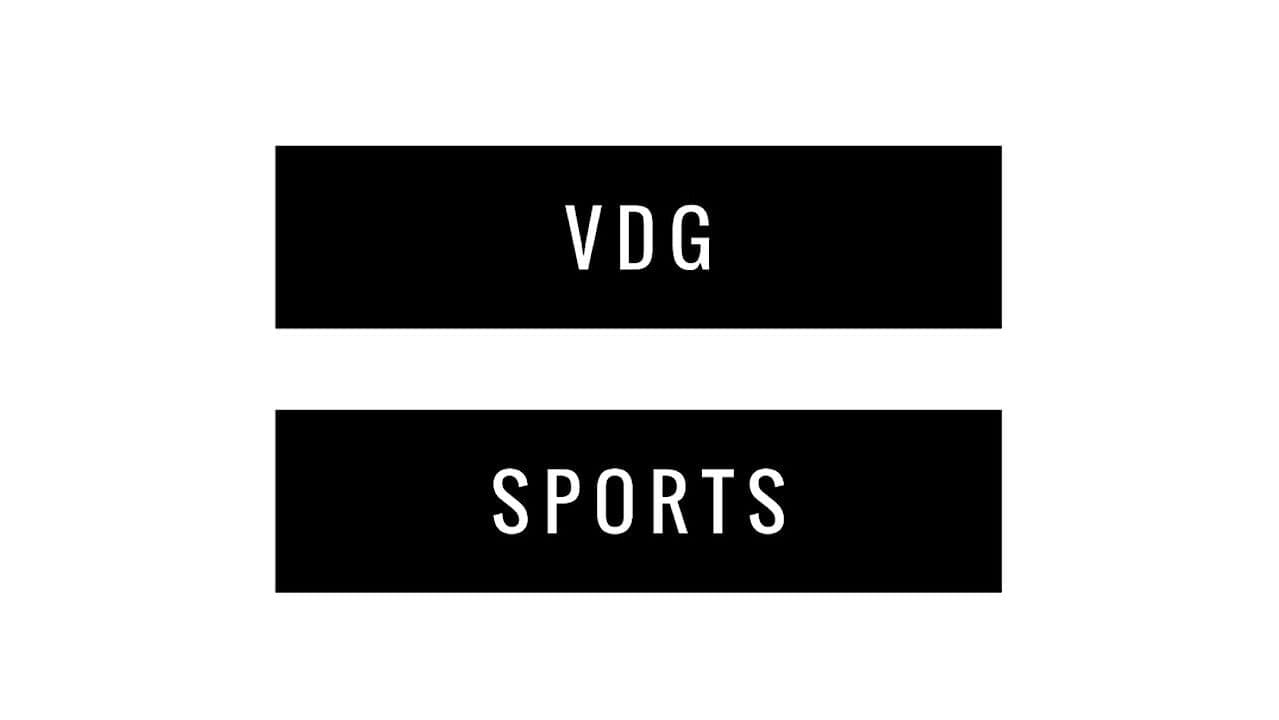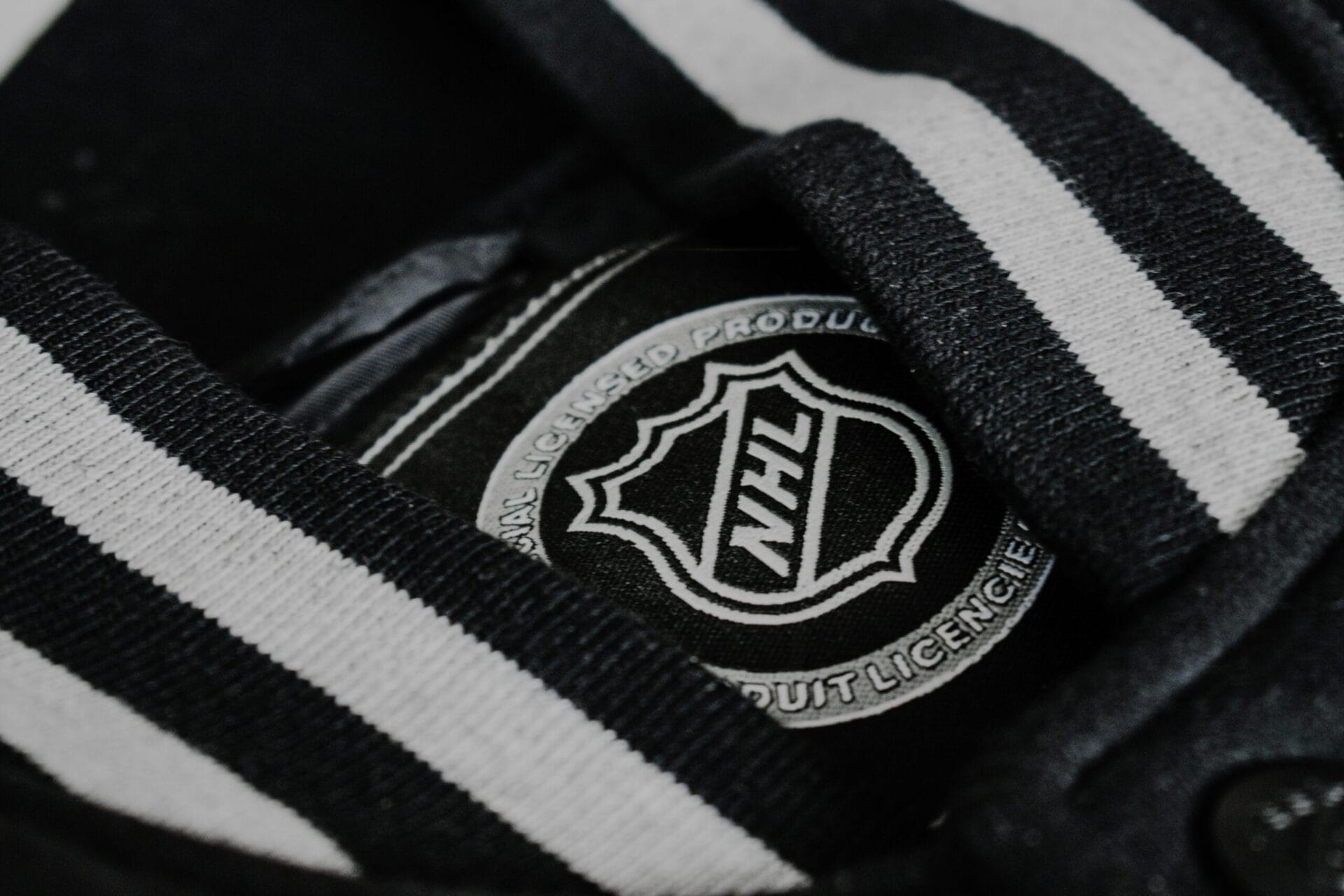Breaking Down NHL Penalties: Understanding the Rules and Consequences
The game of ice hockey is fast-paced, intense, and sometimes filled with bone-crushing hits and high-stakes plays. Along with the thrilling action, penalties are an inherent part of the game. However, for the casual fan or someone new to hockey, understanding the rules and consequences of NHL penalties can be quite daunting.
From minor infractions to major penalties, this article aims to break down the intricacies of NHL penalties, providing a comprehensive guide to help you better comprehend the game, appreciate the strategies involved, and enhance your overall hockey viewing experience. Get ready to dive deep into the rulebook and gain a newfound understanding of the penalties that shape the outcome of the game.
1. Introduction to NHL penalties
In the fast-paced and exhilarating world of NHL hockey, penalties play a crucial role in shaping the outcome of a game. Understanding the rules and consequences of these penalties is essential for both avid fans and casual viewers alike. Whether you’re a die-hard hockey fan or just starting to dip your toes into the thrilling world of the NHL, this guide will provide you with a comprehensive introduction to NHL penalties.
When a player commits an infraction, they are subjected to penalties, which can range from minor to major and even result in a player’s expulsion from the game. These penalties serve as a way to maintain fair play and deter any rule violations that may give one team an unfair advantage over the other. Each penalty has its own specific rule, and the severity of the penalty is determined by the nature of the offense.
By familiarizing yourself with the various types of penalties and their corresponding consequences, you’ll gain a deeper understanding of the game and be able to appreciate the strategic maneuvers employed by players and teams. From minor infractions like tripping or hooking, to more severe actions such as high-sticking or fighting, penalties can significantly impact the flow and momentum of a game.
Throughout this guide, we will delve into the different types of NHL penalties, explain their meanings, and highlight the potential outcomes stemming from these infractions. By the end, you’ll have a solid grasp of the penalties employed in NHL hockey, allowing you to follow the game with a newfound appreciation for the skill and discipline required by players to stay out of the penalty box. So, let’s lace up our skates and dive into the world of NHL penalties!
2. Types of penalties and their consequences
In the fast-paced and intense sport of hockey, penalties play a crucial role in maintaining the fairness and integrity of the game. Understanding the different types of penalties and their consequences is essential for both players and fans alike.
The most common penalty in the NHL is the minor penalty, which results in a player being sent to the penalty box for two minutes. This can be for infractions such as tripping, slashing, or hooking. During a minor penalty, the offending team is short-handed, meaning they play with one less player on the ice, while the opposing team has a power play advantage with an extra skater. This opens up opportunities for the team on the power play to score goals.
A major penalty, on the other hand, results in a player being ejected from the game and sent to the locker room for five minutes. Major penalties are typically assessed for more severe offenses like fighting, boarding, or high-sticking, which pose a greater risk to player safety. Similar to a minor penalty, the non-offending team has a power play advantage for the duration of the major penalty.
In addition to minor and major penalties, there are also double-minor penalties, commonly known as “double minors” or “four-minute penalties.” These occur when there is a high-sticking infraction that causes injury, resulting in a player being sent to the penalty box for four minutes. During a double minor, the opposing team has an extended power play opportunity, as they maintain the numerical advantage for the entire four minutes.
Finally, there are misconduct penalties, which typically result in a player being sent to the penalty box for ten minutes without their team being short-handed. Misconduct penalties are usually given for unsportsmanlike conduct, verbal abuse towards officials, or repeated infractions. While the team does not suffer a disadvantage in terms of players on the ice, the player in the penalty box must sit out for the designated time.
Understanding the consequences of these different penalties is crucial for players to avoid unnecessary penalties and for fans to grasp the flow of the game. Penalties can greatly impact the momentum and outcome of a match, making it essential to comprehend the rules surrounding them. So, the next time you watch an NHL game, keep a close eye on the penalties being called, and you’ll have a deeper understanding of the game’s dynamics.
3. Major penalties and misconducts
In the fast-paced and physical game of hockey, penalties are bound to occur. Some penalties are minor infractions that result in a player spending a couple of minutes in the penalty box. However, there are also major penalties and misconducts that carry more severe consequences.
A major penalty is typically assessed for more serious offenses, such as fighting, intentional injury to another player, or a reckless play that results in injury. When a player is given a major penalty, they are required to serve five minutes in the penalty box, and their team must play shorthanded for the duration of the penalty. This can be a significant disadvantage for the penalized team, as they are forced to defend with fewer players on the ice.
Misconduct penalties, on the other hand, are given for behavior that goes against the spirit of fair play. This can include excessive arguing with officials, abusive language, or unsportsmanlike conduct. Unlike major penalties, misconducts do not result in shorthanded play, but the penalized player must still sit in the penalty box for a specified amount of time, usually ten minutes.
Both major penalties and misconducts can have a significant impact on the outcome of a game. Not only does the penalized team have to navigate the disadvantage of having fewer players on the ice, but they may also face consequences beyond the immediate game. Repeat offenders or players who commit particularly egregious acts may face suspensions or fines from the league.
Understanding the rules and consequences of major penalties and misconducts is crucial for players, coaches, and fans alike. It allows for a better grasp of the flow and dynamics of the game, as well as an appreciation for the importance of fair play and sportsmanship in the NHL.
4. Strategies for avoiding penalties
In the fast-paced and physically demanding sport of hockey, avoiding penalties can be crucial to a team’s success. Penalties can not only disrupt the flow of the game but also give the opposing team an advantage by providing them with a power play opportunity. Therefore, it is essential for players to understand the rules and consequences associated with penalties and develop strategies to avoid them.
One of the key strategies for avoiding penalties is maintaining discipline and composure on the ice. It is crucial for players to control their emotions and avoid unnecessary altercations or retaliations that can lead to penalties. Instead, players should focus on playing within the rules and making smart decisions to contribute positively to their team’s performance.
Another strategy is to prioritize positioning and body control. By maintaining proper positioning and body control, players can avoid situations that may result in penalties such as interference or tripping. It is important to anticipate the movements of opponents and react accordingly without resorting to illegal tactics.
Furthermore, players should strive to improve their stickhandling and puck control skills. Accidental high-sticking or hooking penalties can often be avoided by mastering these fundamental skills and executing them effectively. By keeping their sticks low and under control, players can reduce the likelihood of penalties while maintaining control of the puck.
Communication and teamwork are also crucial in penalty avoidance. By effectively communicating with teammates and executing coordinated plays, players can minimize the chances of committing penalties due to miscommunication or confusion. Building chemistry and understanding amongst teammates can lead to more efficient and disciplined gameplay.
Lastly, players should familiarize themselves with the rules and regulations of the game. Understanding what constitutes a penalty and the consequences associated with different infractions can help players make informed decisions on the ice. This knowledge can empower them to adjust their playing style and avoid penalties that could potentially harm their team’s performance.
In conclusion, strategies for avoiding penalties in hockey involve maintaining discipline, prioritizing positioning and body control, improving stickhandling skills, fostering teamwork and communication, and understanding the rules of the game. By implementing these strategies, players can contribute to a more disciplined and successful team performance, reducing the likelihood of penalties and maximizing their chances of victory.
5. Conclusion
Understanding the rules and consequences of NHL penalties is crucial for both players and fans alike. Whether you’re a die-hard hockey enthusiast or just getting into the sport, knowing the ins and outs of penalties can enhance your appreciation and enjoyment of the game.
In this guide, we’ve explored the various types of penalties that can be called in NHL games, from minor infractions to major penalties and misconducts. We’ve also delved into the consequences of these penalties, including power plays, penalty kills, and potential suspensions. By familiarizing yourself with these rules and consequences, you’ll be able to follow the action on the ice more closely and have a deeper understanding of the strategic elements at play.
So, next time you’re watching an NHL game, pay close attention to the penalties being called and how they impact the flow of the game. You’ll gain a newfound appreciation for the skill and discipline required to succeed in the fast-paced world of professional hockey.

